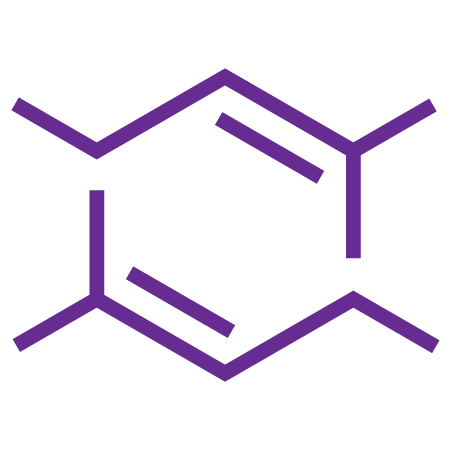detective
in training
Begin wondering – Old World or New World?
Old World wines are, literally, from countries where wine originated, Europe and the Middle East. Often lighter, with less alcohol content, their focus on terroir brings forward earth or mineral elements.
New World wines are from countries that originated as colonies, the Americas, New Zealand and Australia. With the focus more on the grape, these are characterized as fruit forward, fuller, with higher alcohol content.
But with winemaking techniques constantly evolving, winemakers have so much control over the style of the wine that origin isn’t always obvious.
Here are some other clues.
COLOR
Grapes are all different colors and hues. Dark red or purple is likely from a thick-skinned grape like Cabernet, Merlot or Syrah. Light red can indicate a thin-skinned grape such as Pinot Noir or Gamay (the grape of Beaujolais).
A rich, ochre-toned white is often a full-bodied Chardonnay or Vigonier. Paler, straw-colored whites are lighter, perhaps a Pinot Grigio or Albarino. In between are medium-bodied pale gold wines, like Sauvignon Blanc and Chenin Blanc.
TANNINS
High levels of astringent tannins coat your teeth like an under ripe banana, and may indicate wines from a moderate climate like Bordeaux, in France, or Barolo, in Italy. Ripe or round tannins are found in wine from warm climes like Australia and California – that is part of what creates the smooth character of Napa Cabs.
Pro tip: Tannins soften with age; wines that are tannic in their youth smooth with age or by blending with another grape varietal.
ACIDITY
High, crisp or racy acidity - which makes your mouth water or pucker - is usually a sign that a wine is from a cool climate. Riesling from Germany, Sauvignon Blanc from New Zealand and Albarino from Spain are all good examples. Pinot Noir from Burgundy is an example of a red wine with lively acidity.
Lower acid whites include Viognier, Soave from Italy and white wines from the Rhone using grapes including Grenache Blanc, Roussanne and Marsanne. Mavro Daphne, Carménère and Grenache are examples of reds with lower acidity.
BODY
Some wines are naturally light in weight (think: non-fat milk). Some examples include Riesling, Prosecco, the slightly effervescent Vinho Verde and Gamay, from Beaujolais.
Medium-bodied wines (think: whole milk) include Rose, Rhone whites, French Burgundy and often Cabernet Franc, from the Loire.
Full-bodied wines (think: cream) have the highest alcohol content, generally over 13.5%, such as Syrah, Zinfandel, and Cabernet.




